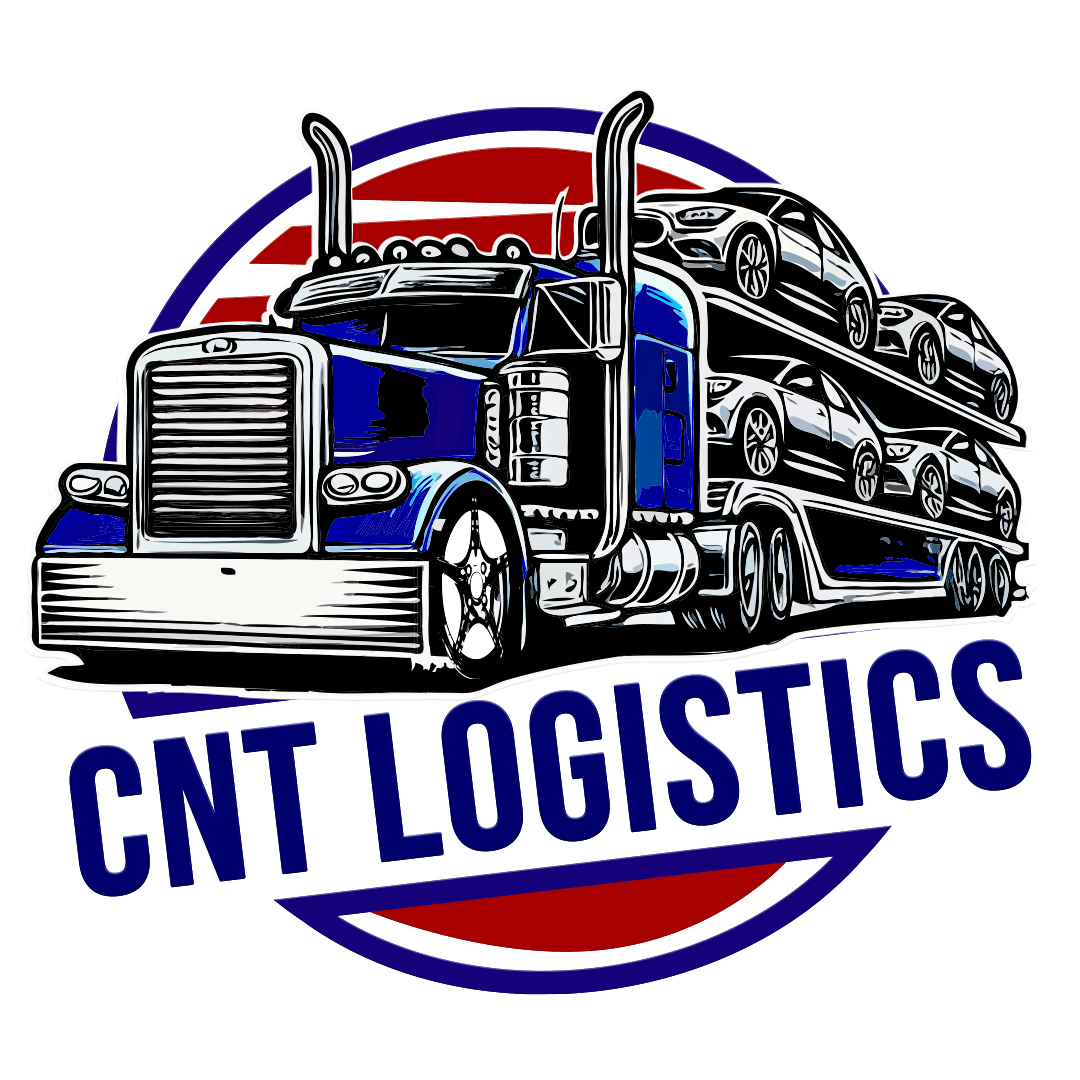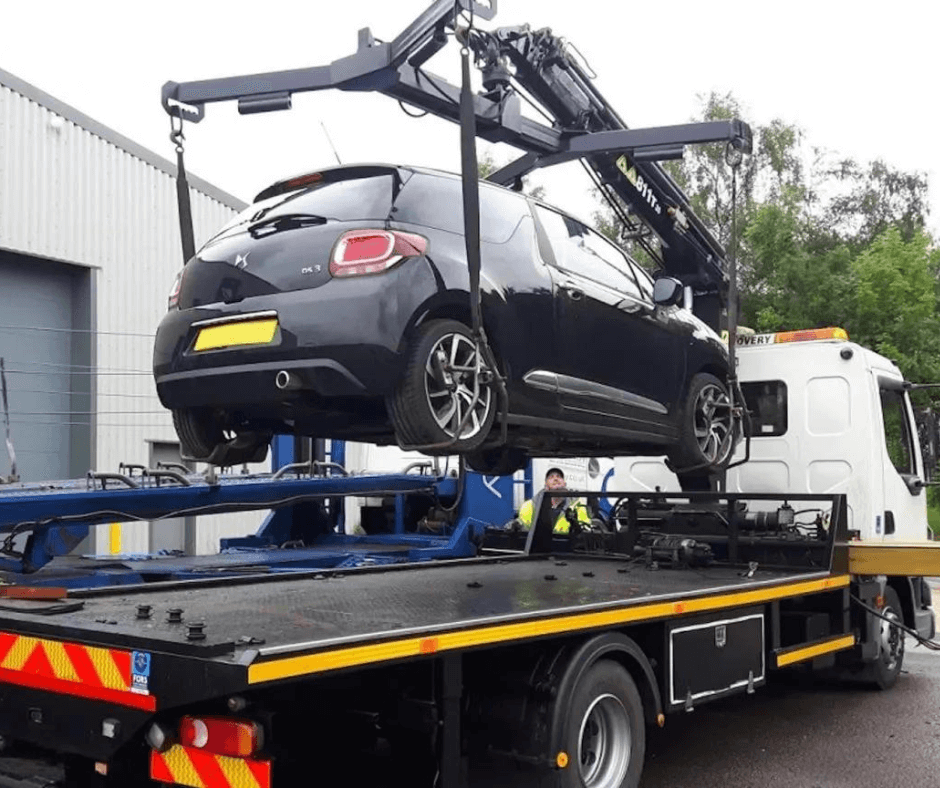Navigating the Challenges and Solutions of Inoperable Vehicle Transport: A Comprehensive Guide
Navigating the Challenges and Solutions of Inoperable Vehicle Transport: A Comprehensive Guide
Navigating the Challenges and Solutions of Inoperable Vehicle Transport
In today’s fast-paced world, vehicle transportation services have become an essential part of our lives. Whether you’re moving, buying a car out of state, or driving a classic project car, the need for reliable auto transport is undeniable. However, not all vehicles are in perfect operating condition. Some do not work due to mechanical problems, accidents or restoration projects. This is where inoperable vehicle transportation services come in, providing a solution to move stationary vehicles safely and efficiently. In this complete guide we will delve deeper into the world of transporting inoperable vehicles, exploring the challenges, solutions and everything you need to know about this specialized service.




